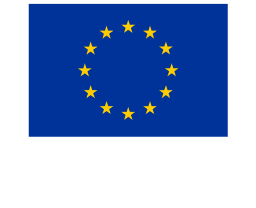Financial crimes
5.98
Refers to organized crime that results in a financial loss to the state, entity and/or private individuals through one or more of the following activities –
- • Through financial fraud: this refers to cases where money and/or financial assets are obtained through deception, including, but not limited to, procurement fraud, identity fraud, mass marketing fraud, banking fraud, Ponzi schemes, etc.
- • Through tax evasion (including activities such as price misinvoicing) and abusive tax avoidance: this refers to the use of illegal means to avoid paying taxes. It occurs when the taxpayer either evades assessment or evades payment. When committing price misinvoicing, the profit-maximizing actor will either over- or under-invoice and the misdeclaration depends on the relative tax and tariff rates. Tax avoidance is to be distinguished from tax evasion, where, in the case of the latter someone acts against the law or abuses the letter of the law. By contrast, abusive tax avoidance complies with the letter of the law, but subverts its purpose (illegal abuse of tax laws).
- • Through embezzlement: this involves the fraudulent appropriation of property or money that someone has been entrusted with to use for their own benefit. It differs from regular fraud because the actor who takes the money or property has trusted and legitimate access to the valuables before they take them for their own use.
- • Through misuse of funds: this refers to the misapplication of funds from state, international or regional bodies for purposes other than those for which they were originally granted.
The aforementioned activities must be committed by an organized crime group for the purpose of financial gain or professional advantage. Such activities, when attributable to another criminal market under the Index, fall under that respective market indicator. For example, procurement fraud for logging contracts would fall under flora crimes.
The laundering of illicit proceeds and bribery are not included in this category.





